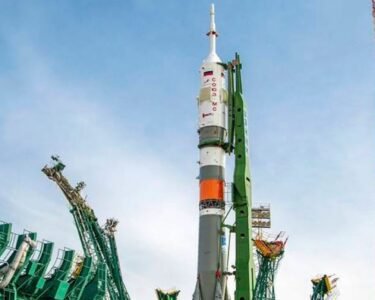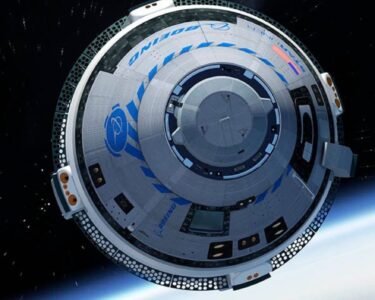A New Era in Space Exploration and Defense
The United States military’s recent launch of the X-37B robotic spaceplane from NASA’s Kennedy Space Center in Florida signals a significant step forward in space exploration and defense capabilities. This seventh mission of the X-37B is historically notable as it is the first to be launched using SpaceX’s Falcon Heavy rocket. The Falcon Heavy’s robust three-core structure is designed to enable the spaceplane to venture into higher orbits than possible, opening up new possibilities for research and exploration.
X-37B: A Pinnacle of Robotic Space Technology
Resembling a mini space shuttle, the X-37B is an uncrewed, reusable spacecraft renowned for conducting classified experiments. Its sophisticated design and operational capabilities have rendered it a critical component in space technology and research. With over a decade of missions since its initial launch in 2010, the X-37B has consistently demonstrated its value in the field. The previous mission set a record for its duration, spanning over two and a half years.
Mission Goals: Advancing Space Capabilities
Under the direction of the U.S. Space Force and the National Security Space launch program, this mission’s objectives remain classified. However, it is known that the mission encompasses exploring new orbital regimes and testing technologies essential for future space domain awareness. A notable aspect of this mission is the inclusion of a NASA experiment to study the impact of space radiation on plant seeds, an endeavor critical for the success of long-term space missions, potentially to the moon and Mars.
Strategic Context: The US-China Space Rivalry
This launch occurred in the context of increasing space rivalry between the United States and China, as evidenced by the recent launch of China’s Shenlong, or “Divine Dragon,” spaceplane. The proximity of these launches in timing underlines a competitive space exploration and technology dynamic between the two nations. Shenlong’s launch by a Long March 2F rocket, though less potent than SpaceX’s Falcon Heavy, signifies China’s growing capabilities in space.
Dimensions and Autonomy of the X-37B
The X-37B, constructed by Boeing, measures 29 feet long and has an advanced autonomous landing system. It operates in various orbital regimes, capable of reaching altitudes from 150 to 500 miles. The duration of the current mission is undisclosed but is anticipated to follow the pattern of extending mission lengths until June 2026 or later.
Can the X-37B carry humans?
The X-37B is not designed to carry humans. It operates autonomously, lacking the necessary life support and accommodations for crew members.
How much does the X-37B cost?
Financially, the X-37B represents a significant investment. Its development phase involved costs of around $192 million, which NASA, the U.S. Air Force, and Boeing contributed. Each X-37B unit is estimated to have cost approximately a billion dollars, with each mission’s cost of around $200 million.
Broader Implications and Future Prospects
The launch of the X-37B aboard the Falcon Heavy marks a convergence of advanced aerospace technology and strategic military objectives. It highlights the importance of space as a domain for scientific exploration and national security. The development and utilization of such spaceplanes reflect the growing capabilities in space exploration, emphasizing the competitive nature of international space endeavors.
Further Development and Speculations
The X-37B’s capability to operate in higher orbit opens new avenues for space research and military applications thanks to the Falcon Heavy. Industry analysts and amateur space trackers speculate that the spacecraft might venture into a highly elliptical orbit around Earth or even approach the moon’s vicinity. Such a trajectory would be unprecedented for the X-37B, previously confined to low-Earth orbit. This mission’s success also underscores the growing capabilities of SpaceX’s Falcon Heavy rocket as one of the most powerful operational rockets today.





